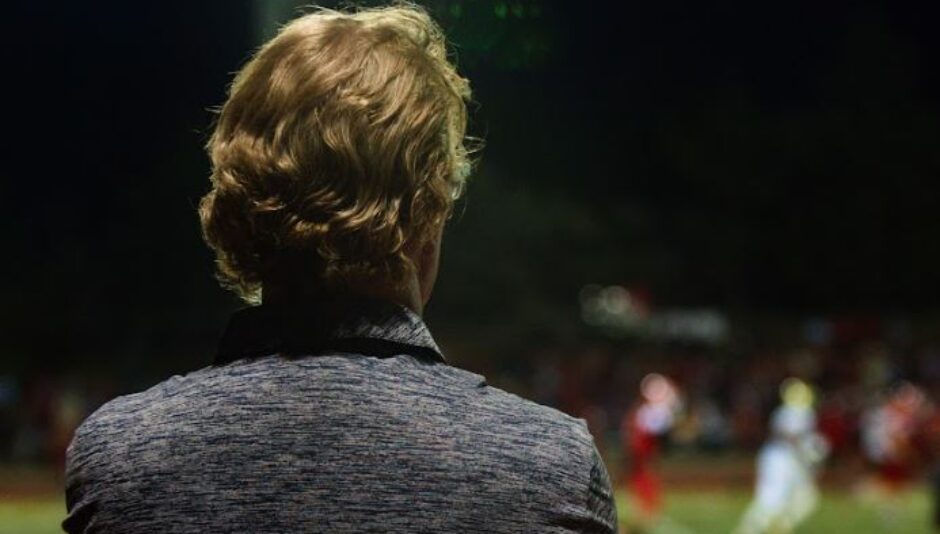When we are authentic, when we act from our true selves, all of this, though incredibly heavy to shoulder, is worth the weight.
Many (most?) of the blogs I have composed over the nine years of Teach & Serve reflect on or reference conditions wherein good leadership is present in a school. They are written from a perspective assuming solid norms and procedures, relatively healthy environments, and excellent standards for behavior.
Let us be honest: those conditions do not always pertain.

Where does that leave individuals who wish optimal (or, at least, functional) leadership is in play? Where does that leave those who aspire to greater things for themselves and for their schools? Where does that leave people who seek perpetual improvement?
These are challenging questions, but there are answers to them.
Like the best answers, they start from within us. They start with us making honest and clear assessments of who we are in our leadership and of how we relate to the leaders and systems around us. The best answers ask us to ask ourselves hard questions.
And to answer them.
Good leaders know that one of the fundamental qualities of leadership is authenticity. I have written previously that I believe it to be the central and most important quality of a good leader. Good leaders, then, take the questions they are posing outward and turn them within.
If leadership is bad in our schools, we must ask ourselves if we are part of the issue. What role have we played to sour the milk? Have we contributed to an environment that is less than ideal? We must be willing to examine ourselves as a necessary first step.
And what happens, then, if we find that we have – in good faith – done all we can to eliminate issues, to find middle ground, to offer constructive approaches, to build and become bridges? What do we do when our leadership is actually not very good or working in ways that counter the well-being of the school?
We must, then, assess what change we can make from where we are. We must consider who we can help and for what reason. If our challenge of authority and status quo and broken systems is for the good of our students (and the good of the adult community – a secondary good; students come first) then we are called to confront.
We must respectfully disagree and offer alternatives. We must exercise the authority we have as teachers and as educational leaders within the same structures our chairs and administrators occupy. We must speak truth – truth to colleagues, truth to power. We must do so offering suggestions and solutions, through-lines and conclusions and ways forward. We must be willing to suffer slings, arrows, criticisms and critiques.
When we are authentic, when we act from our true selves, all of this, though incredibly heavy to shoulder, is worth the weight.
If our systems hurt our students, if our leaders are negligent in their most important tasks, they must be examined and changed. They might even need to be set aside or torn down.
However, our seats in the school, our positions and our power along with the management and leadership styles of our superiors may make true and lasting collaboration and change so difficult as to be impossible.
This can be a bleak state of affairs and cause crises of the heart.
When leadership does not work and is unwilling to reflect and consider change, authentic leaders are in painful positions. If one has done all one can on behalf of students to confront challenges and bad actors, to affect change and to advance the institution and there is no way forward, another question comes into play: is my presence here so important for those I serve that I must stay?
If the answer is yes, it is good to remember that systems alter over time and leaders do not stay in place forever.
If the answer is no, it may well be time for an individual to change one’s circumstance. While that is easier written than done, it may be an inevitable conclusion and a legitimate alternative to continuing frustration and pain.
The best answers start from within. Knowing ourselves is a significant key.
